Discover Walkabout the Galaxy
Walkabout the Galaxy

351 Episodes
Reverse
The astroquarks explore our origins with from the ancient fossil Lucy to the upcoming asteroid mission of the same name. They then head for the stars, including a nearby one with a potentially habitable planet, and re-examine the case for dark energy. You're not going to want to miss this one, for the science, the trivia, and a special sponsor message.
The title has nothing to do with the episode except what could be more fundamental than simply measuring how far away something is? The astroquarks tackle this deceptively complex question on cosmological scales as well as the origins of meteor showers and archeoastronomy of ancient aurorae.
If two neutron stars collide in a galaxy 130 million light years away and no one has a gravitational wave observatory to detect it, does it make a sound? Well, that's a silly question, but it happened, and not only was this cosmic catastrophe observed in the high energy light it emitted, but the rippling of spacetime was detected as well. Astronomy now has two independent ways of observing energetic events, and for the first time, something was seen using both techniques: electromagnetic waves (light) and gravitational waves. Join the astroquarks to hear about the first "kilonova" observed this way and what it has to do with your gold jewelry.
The astroquarks are joined by Jeffrey Kluger, editor at large at Time Magazine and author of 13 books including Apollo 13 and the new book on the Gemini program. Tune in to hear about some of the outlandish ideas that were explored on the way to the Moon. Plus, top quark gives us a look at a new class of black holes that we've decided are "Jumbo Black Holes". All that plus twin trivia, a hot take, and more.
These rings aren't around Uranus, they're somewhere even more odd. We discuss the mysterious and changing ring system around the Centaur object Chiron, new clues about the origin of the solar system from the irregular moons of Jupiter, and the puzzling stellar companion to Betelgeuse. Plus, top quark Jim Cooney stumps us with trivia.
Adaptive optics techniques get applied to the mirrors in the LIGO gravitational wave observatory, promising a five-fold or greater improvement in sensitivity to gravitational waves from colliding black holes across the universe. And right here in our backyard, a suspicious sub-surface crater-like feature gets a new look that appears to confirm its extraterrestrial origin. Join us for space news, trivia, and more.
We take a look the Cheyava Falls rock on Mars, or rather the Perseverance rover took a look at it, and we discuss what it saw which were some intriguing mineral formations that could have a biological origin. And gravitational lensing has enabled astronomers to map the distribution of dark matter in a small cluster of galaxies, providing a new tool to understand the distribution of this mysterious stuff. Join us for these stories, space news, space trivia, and a fake sponsor!
An interstellar interloper may have been a chip off the old block, where the old block was a Pluto-like planet around another star, and the chip is solid air (nitrogen that is)! And we revisit the potential role of axions in the great dark matter chase and a new way that JWST may help us answer it. Join us for all that, exoplanets, science fiction trivia and more.
That's no error, this is episode 404, recorded in front of a live audience at DragonCon 2025 with special guest Trina Ray, Deputy Science Manager for the Europa Clipper mission. We get an update from the cool RADAR test the spacecraft conducted at Mars, new information on the history and composition of Interstellar Comet ATLAS 3/I and a super-duper-massive black hole. Join us for all this, 404 trivia, and more.
There is so much going on in the universe it's hard to keep track. That's why we have not one but two top astroquarks on this episode to cover the latest discoveries and news from the solar system to the deepest recesses of space. A search for a habitable atmosphere comes up empty, while a mission to study the loss of Mars' atmosphere nears launch. And a clever new technique may be able to detect the hypothesized axion, a candidate particle for dark matter. Check it out, with space news, trivia, and more.
There's more abundant and accessible water ice on Mars, ready for us to scoop it up, heat it up, and eat it up. And in the distant recesses of the universe there's a supermassive black hole with an interesting neighbor that causes a periodic splash of light. Learn all about it, plus trivia, fake sponsor, the Earth's puzzling spin, and much more.
We discuss the largest black hole merger observed to date, between two black holes that are in the so-called forbidden mass range. They must have been created by some ancient merger of other black holes themselves. It's black holes everywhere you look these days. Closer to home, we take a look at Europa's weird Chaos terrain and new insights on how Mars lost its atmosphere. We also get a shout out from Audrey's dog.
The astroquarks celebrate 400 episodes with a special sponsor, a special stumper, and a special interstellar comet making its way through our solar system from an origin near the galactic center perhaps as much as 7 billion years ago.
The Vera C. Rubin Observatory has started making observations with the world's largest optical detector boasting over 3 billion pixels at the back of an enormous telescope in the high Andes. We take a look at some of the early discoveries and look ahead to what's in store for this enormous project as it plans to scan the sky hundreds of times at unprecedented detail over the course of the next decade. Plus: astronomy trivia, science hot takes, and more.
We're all about the weather on this episode, with a new study showing that even relatively distant supernova may have affected the Earth's climate in the recent past. And the James Webb Space Telescope has observed exoplanet WASP-107b to have clouds of sand vapor. Plus, we have two hot takes and two Top astroquarks!
Original top quark Tracy Becker is back to bring us up to speed Europa Clipper's flyby of Mars, and we learn about a new way for planetary cores to form without so much heat. Join us for all this, plus lava fountain trivia, space news, and much more.
A major update to the predicted end of the universe has it coming much earlier than previously anticipated. However, we still have plenty of time to get our affairs in order, and the update has to do with spaghettification, and anything with spaghettification can't be all bad. We also talk about active asteroids, your ideal night sky, and cosmological trivia.
We get lucky and catch a rogue supermassive black hole in the act of slurping up a star as it meanders through a distant galaxy. Closer to home, the detection of a second trinary, or triple, system in the Kuiper Belt beyond the orbit of Neptune bolsters the streaming instability theory of planet formation. We talk about all that and what it has to do with the Tour de France, as well as space news and trivia.
The asteroid Vesta may be a fragment of a much larger protoplanet, and astronomers examine old data to discover a large molecular cloud lurking right in the solar system's backyard. Get all the details, plus habitable exoplanets get another look, space news, and trivial matters with your friendly neighborhood astroquarks.
NASA's Lucy mission had a picture perfect encounter with the asteroid Donaldjohanson on its way to the first ever flybys of Trojan asteroids. Discoveries of ancient supermassive black holes challenge theories of their formation. If dark matter is composed of ultralight particles (lighter than a neutrino), that could resolve the mystery. Join us for these and other cosmic discoveries, space news, trivia, and more.




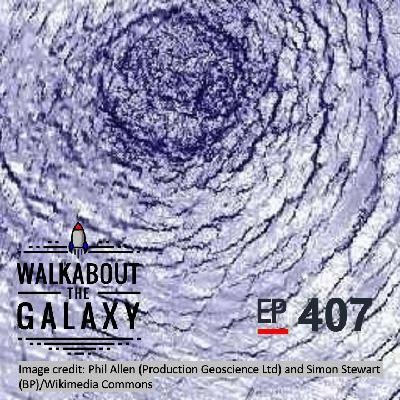
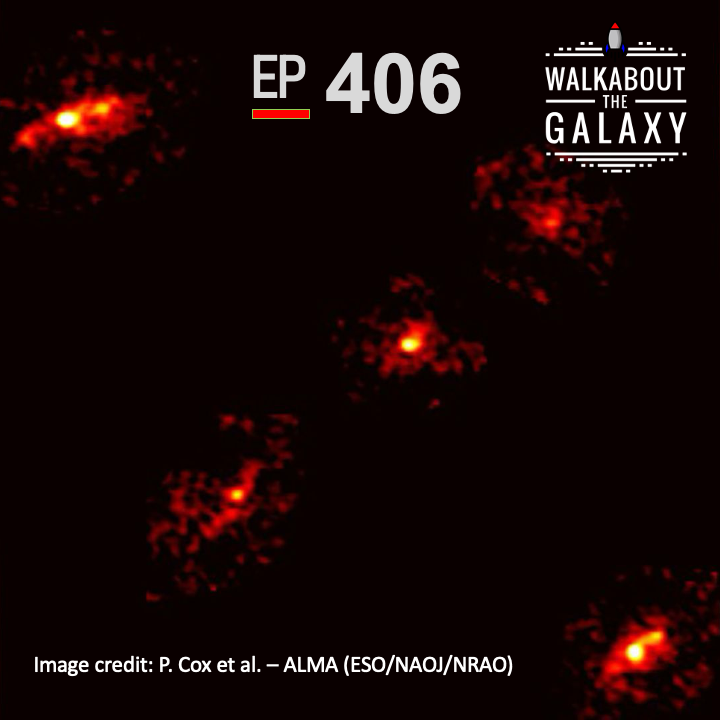
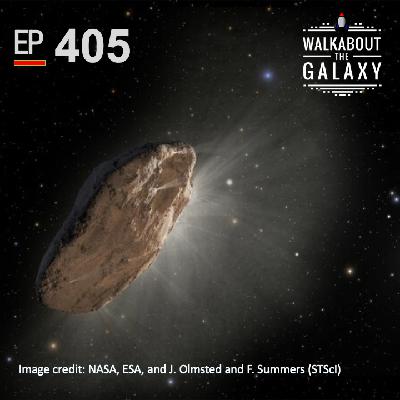

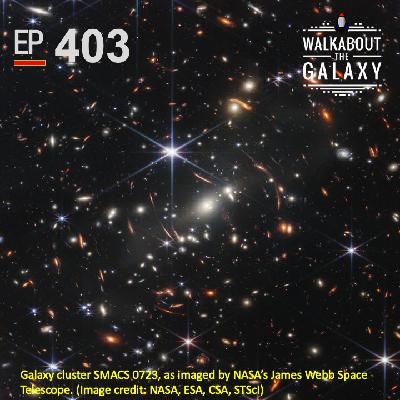

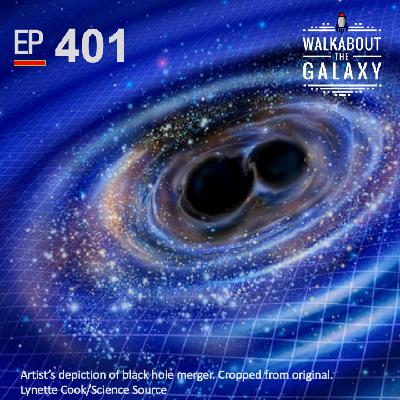
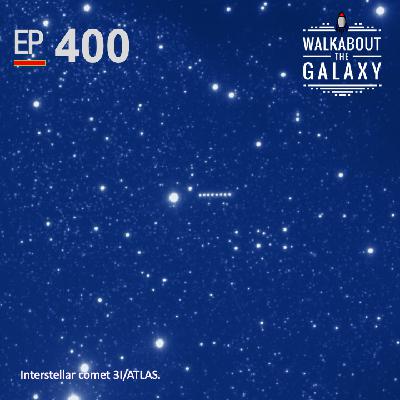
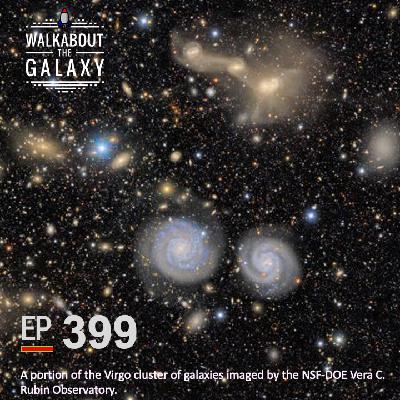


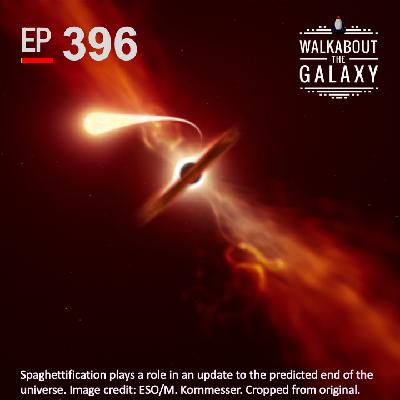

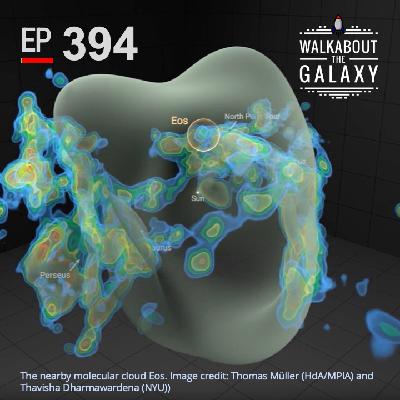
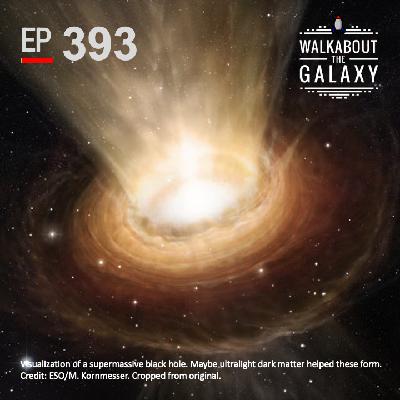



yes. love this show. I've never been cool with string theory